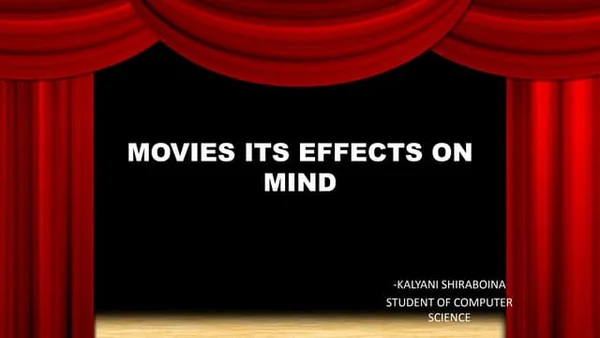Introduction
“The Magic of the Movies” is a captivating documentary that delves into the fascinating history and profound impact of cinema. Since its inception, the world of movies has captivated audiences, transporting them to different worlds, evoking emotions, and sparking imaginations. From the silent era to the golden age of Hollywood and the modern era of blockbusters, this article takes a closer look at the magic of movies and their lasting influence on our lives.
The Birth of Cinema
- The Lumière Brothers: In 1895, the Lumière Brothers, Auguste and Louis Lumière, presented the first public screening of projected motion pictures in Paris, marking the birth of cinema. Their short films, such as “Arrival of a Train at La Ciotat” and “The Waterer Watered,” astonished audiences and paved the way for the future of filmmaking.
- The Silent Era: The silent era of cinema, characterized by black and white films without synchronized sound, brought forth iconic stars like Charlie Chaplin, Buster Keaton, and Rudolph Valentino. During this time, films relied heavily on visual storytelling, utilizing expressive acting and creative camerawork.
- The Talkies: The introduction of synchronized sound in the late 1920s revolutionized the film industry. The first “talkie,” “The Jazz Singer,” starring Al Jolson, opened new possibilities for storytelling and expanded the reach of movies.
The Golden Age of Hollywood
- Studio System: In the 1930s and 1940s, Hollywood’s studio system dominated the global film industry. Major studios like MGM, Warner Bros., and Paramount Pictures produced a vast array of films, showcasing the talents of legendary actors such as Clark Gable, Marilyn Monroe, and Humphrey Bogart.
- Technological Advancements: The golden age of Hollywood witnessed significant technological advancements, including the introduction of Technicolor, widescreen formats like CinemaScope, and the development of special effects techniques. These innovations enhanced the visual experience and transported audiences to extraordinary worlds.
- Iconic Films: The golden age produced timeless classics that continue to captivate audiences today. From “Gone with the Wind” and “Casablanca” to “The Wizard of Oz” and “Citizen Kane,” these films not only entertained but also left a lasting cultural impact.
The Modern Era and Beyond
- New Genres and Storytelling: The modern era of cinema has seen the emergence of new genres and innovative storytelling techniques. From sci-fi blockbusters to gripping dramas and thought-provoking independent films, there is a diverse range of movies catering to different tastes and preferences.
- Global Reach: With the advent of technology and the growth of international markets, movies have become a global phenomenon. Filmmakers from different countries and cultures are now making their mark, enriching the cinematic landscape with diverse perspectives and narratives.
- Impact on Society: Movies have the power to inspire, provoke thought, and spark conversations. They shed light on social issues, challenge norms, and create empathy. Films like “Schindler’s List,” “Black Panther,” and “Parasite” have contributed to meaningful discussions and influenced social change.
FAQ
Q1: How has cinema influenced popular culture?
Cinema has had a significant impact on popular culture, shaping fashion trends, introducing iconic characters, and influencing music, art, and literature. Movies have become an integral part of our collective memory and continue to inspire creative expression.
Q2: What are some milestones in the history of cinema?
Key milestones in cinema history include the invention of the motion picture camera, the introduction of sound, the rise of technicolor, the emergence of new genres, and the advancements in special effects.
Q3: How has technology shaped the film industry?
Technology has revolutionized the film industry, enabling filmmakers to create breathtaking visuals, enhance storytelling techniques, and reach wider audiences through digital distribution platforms.
Conclusion
“The Magic of the Movies” documentary celebrates the rich history and profound impact of cinema. From the early days of the Lumière Brothers to the golden age of Hollywood and the modern era, movies have transported us to different worlds, evoked emotions, and shaped popular culture. As we continue to embrace the magic of cinema, let us appreciate the artistry, creativity, and storytelling that make movies a truly enchanting experience.
============================================
